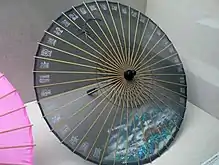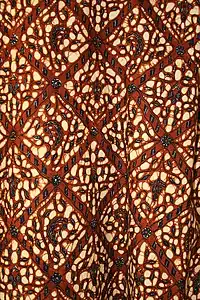Pongee
Pongee is a soft thin woven cloth. In the early 20th century, pongee was an important export from China to the United States. Pongee is still woven in silk by many mills across China, especially along the banks of the Yangtze at mills in Sichuan, Anhui, Zhejiang and Jiangsu provinces. Generally it varies in weight from 36 to about 50gm/sq m. In lighter variants, it is called Paj. It is used as a blouse weight or lining silk.

Pongee types
Pongee fabric is a kind of fabric blended or interwoven with cotton wheels and cotton yarns. It does not require spinning and weaving. It is simply oriented or randomly stretched and then mechanically or chemically consolidated.

It combines the advantages of Nylon and Cotton
1. Nylon's abrasion resistance is the highest among natural and chemical fibres, and it is also very hygroscopic. The clothing made from it is comfortable to wear. Nylon is lighter, while cotton swabs are heavier. Blending the two will reduce the weight of the fabric.
2. Nylon elasticity is particularly good, which improves the elasticity of the blended fabric.
Pongee's distinguishing feature is that it is not easy to be damaged, soft and comfortable, and easy to clean.
High-density Pongee is a special fabric for high-grade umbrellas. Its density is about 6 times that of ordinary umbrellas, and it has a good light-blocking effect. High-density impact cloth can block 9.9% of ultraviolet rays.


.svg.png.webp)